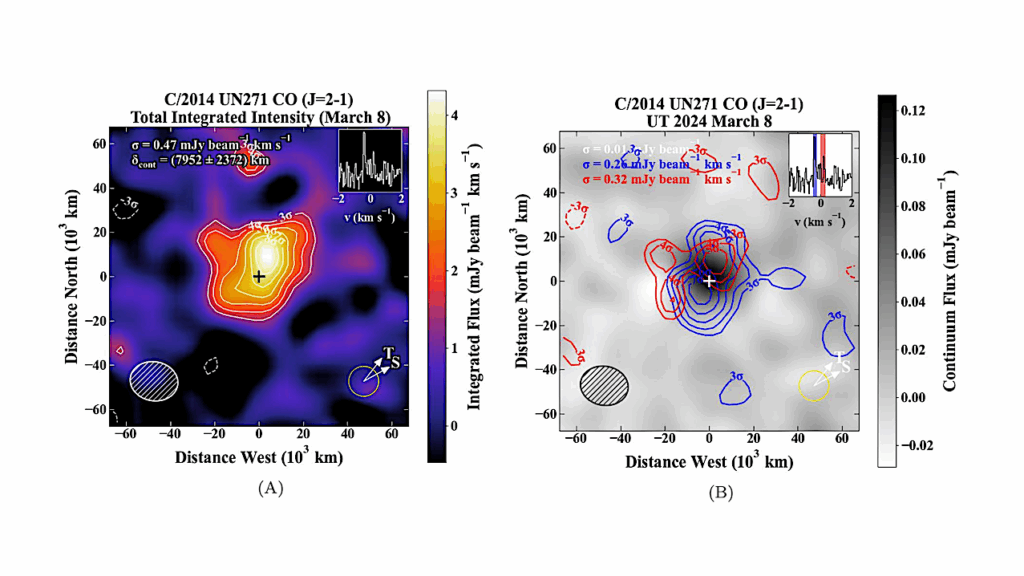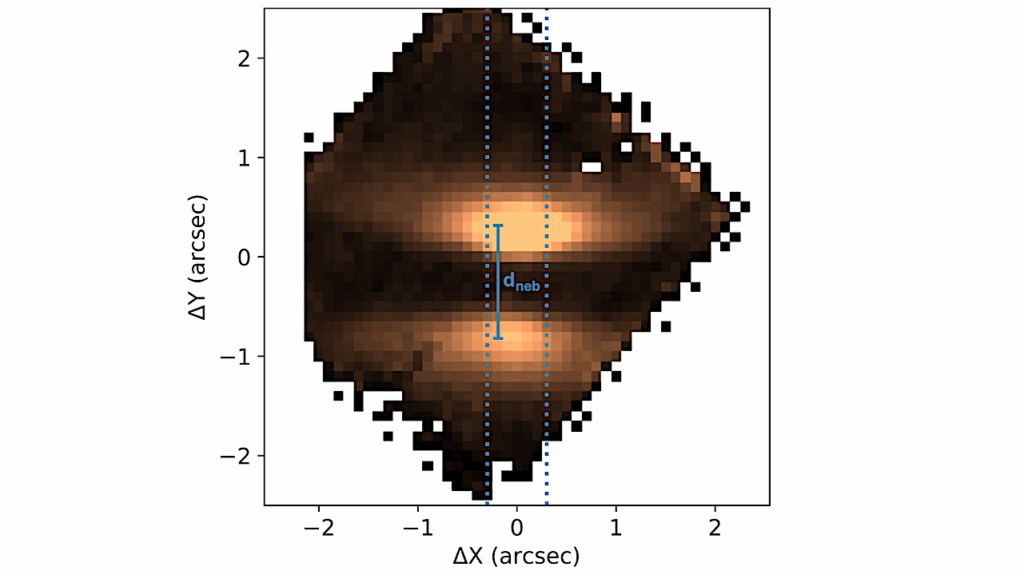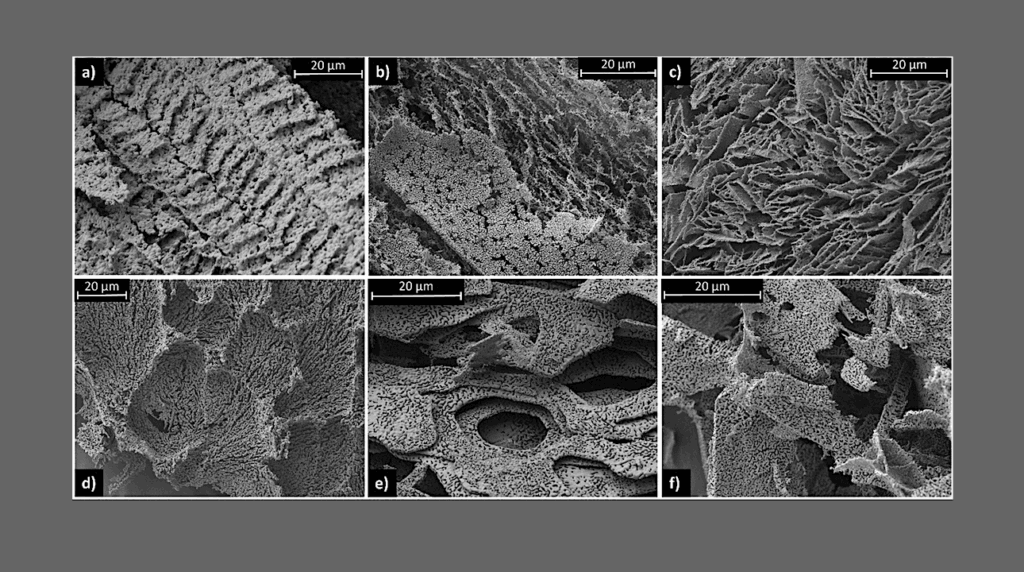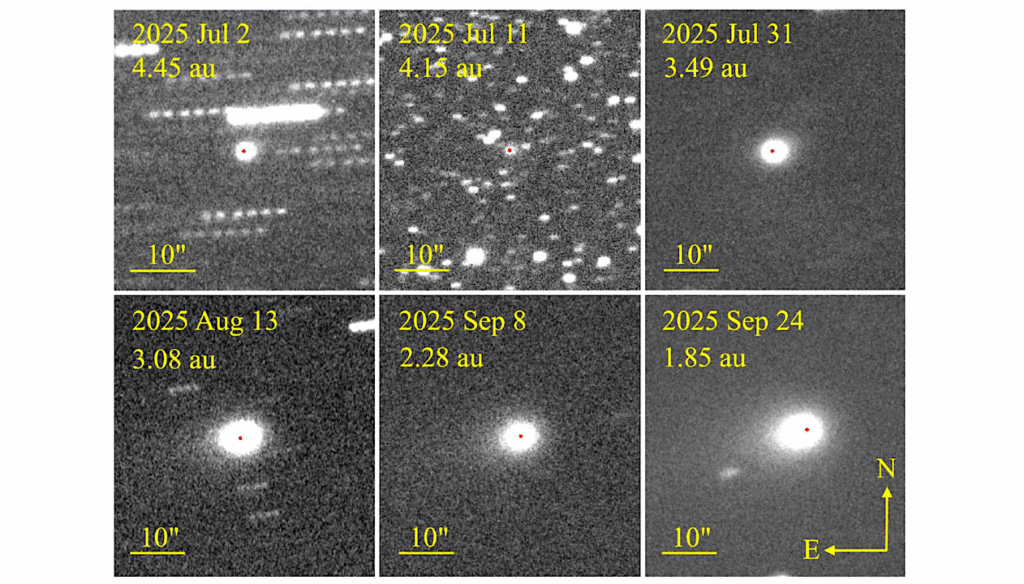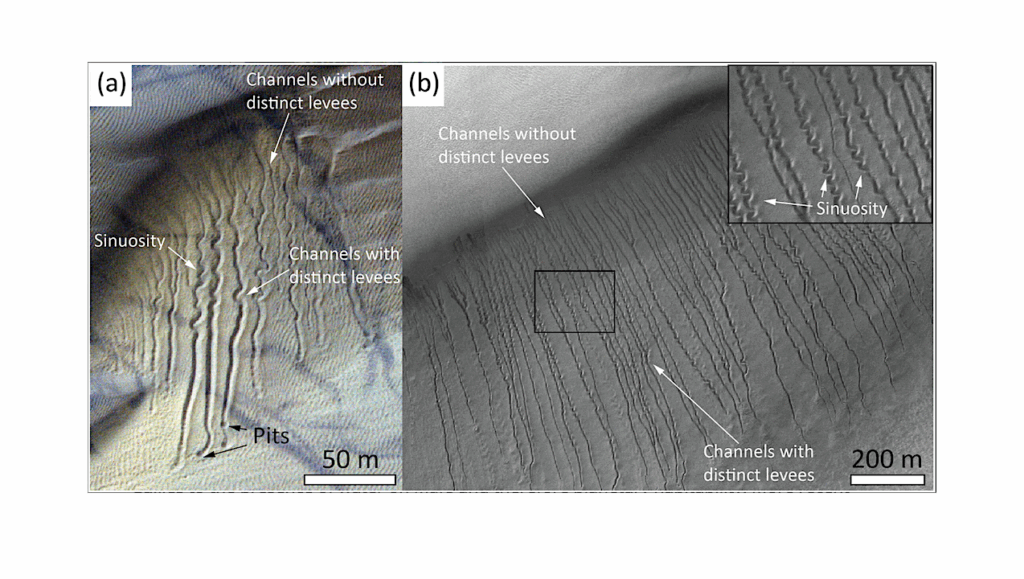Triton Haze Analogues: The Role Of Carbon Monoxide In Haze Formation

Triton is the largest moon of the Neptune system and possesses a thin nitrogen atmosphere with trace amounts of carbon monoxide and methane, making it of similar composition to that of the dwarf planet Pluto.
Like Pluto and Saturn’s moon Titan, Triton has a haze layer thought to be composed of organics formed through photochemistry. Here, we perform atmospheric chamber experiments of 0.5% carbon monoxide and 0.2% methane in molecular nitrogen at 90 K and 1 mbar to generate Triton haze analogues. We then characterize the physical and chemical properties of these particles.
We measure their production rate, their bulk composition with combustion analysis, their molecular composition with very high resolution mass spectrometry, and their transmission and reflectance from the optical to the near-infrared (0.4 to 5 microns) with Fourier Transform Infrared (FTIR) spectroscopy. We compare these properties to existing measurements of Triton’s tenuous atmosphere and its surface, as well as contextualize these results in view of all the small, hazy nitrogen-rich worlds of our solar system.
We find that carbon monoxide present at greater mixing ratios than methane in the atmosphere can lead to significantly oxygen- and nitrogen-rich haze materials. These Triton haze analogues have clear observable signatures in their near-infrared spectra, which may help us differentiate the mechanisms behind haze formation processes across diverse solar system bodies.
Sarah E. Moran, Sarah M. Hörst, Chao He, Michael J. Radke, Joshua A. Sebree, Noam R. Izenberg, Véronique Vuitton, Laurène Flandinet, François-Régis Orthous-Daunay, Cédric Wolters
Comments: 48 pages (but only 26 actual article pages!), 11 figures, 4 tables; accepted for publication in JGR: Planets
Subjects: Earth and Planetary Astrophysics (astro-ph.EP); Instrumentation and Methods for Astrophysics (astro-ph.IM)
Cite as: arXiv:2112.11627 [astro-ph.EP] (or arXiv:2112.11627v1 [astro-ph.EP] for this version)
Submission history
From: Sarah Moran
[v1] Wed, 22 Dec 2021 02:15:37 UTC (4,832 KB)
https://arxiv.org/abs/2112.11627
Astrobiology,


